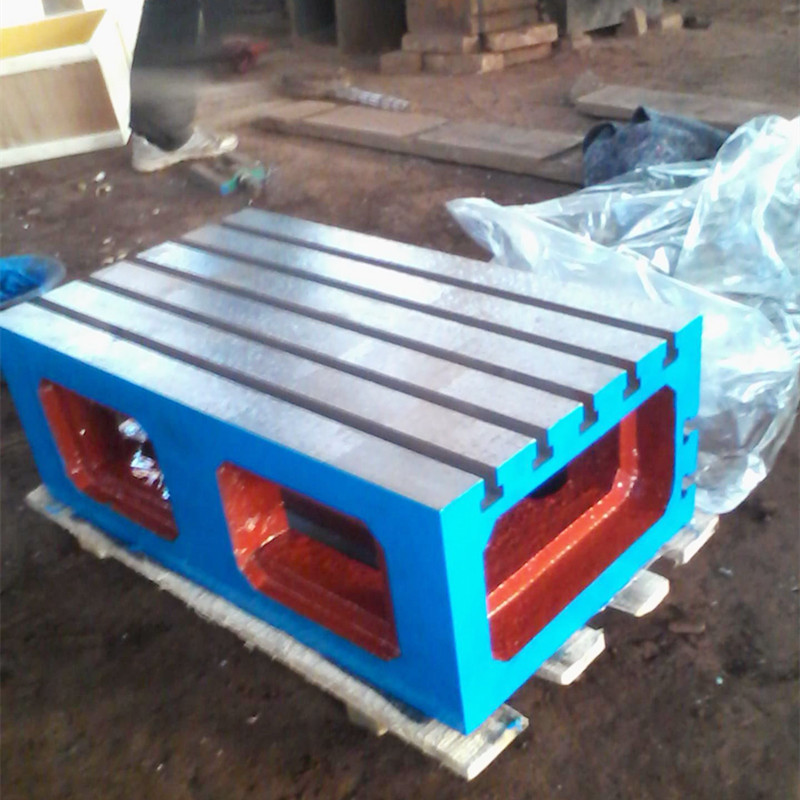Nov . 19, 2024 14:11 Back to list
ss check valve
Understanding SS Check Valves A Comprehensive Overview
In various engineering and industrial applications, maintaining the integrity of fluid systems is paramount. One crucial component that ensures this integrity is the check valve, specifically stainless steel (SS) check valves. These devices play a pivotal role in controlling the flow of liquids and gases, preventing backflow and maintaining system efficiency. This article delves into the significance, types, applications, and advantages of stainless steel check valves.
What is a Check Valve?
A check valve is a one-way valve that allows fluid to flow in one direction while preventing backflow. The fundamental mechanism relies on pressure differences within the system. When the pressure on the inlet side exceeds that on the outlet side, the valve opens, allowing passage. Conversely, when the pressure reverses, the valve closes to prevent the backward movement of fluid.
Importance of Stainless Steel Check Valves
Stainless steel check valves offer superior resistance to corrosion and high temperatures, making them ideal for a variety of industrial applications. The durability and strength of stainless steel ensure that these valves can withstand harsh operating conditions, extending their service life and reducing maintenance costs.
Types of Stainless Steel Check Valves
1. Lift Check Valve This type involves a disc that moves up and down within the valve body. It is suitable for vertical applications and is often used in systems with fluctuating pressures.
2. Swing Check Valve Featuring a hinged disc that swings open and closed, this type is widely used in horizontal pipelines. It provides minimal pressure drop and is particularly effective in preventing backflow in water and wastewater applications.
3. Ball Check Valve This design utilizes a ball that fits snugly against the valve seat to prevent backflow. It is commonly used in applications where tight sealing is essential.
4. Diaphragm Check Valve This valve uses a flexible diaphragm to control the flow of fluid, making it suitable for sanitary and low-pressure systems, such as in food and beverage applications.
ss check valve

Applications of Stainless Steel Check Valves
Stainless steel check valves are employed across various industries due to their reliability and performance. Some common applications include
- Water and Wastewater Treatment They prevent backflow in pumping systems and ensure that treated water remains free from contamination. - Oil and Gas In the oil and gas sector, SS check valves safeguard pipelines from reverse flow, improving safety and efficiency. - Chemical Processing The corrosion resistance of stainless steel makes these valves ideal for handling aggressive chemicals, reducing the risk of leaks and failures. - Pharmaceuticals In the pharmaceutical industry, hygiene is paramount. SS check valves help maintain clean systems, ensuring the purity of products and compliance with industry regulations. - Food and Beverage The sanitary design of stainless steel check valves is essential in food processing, guaranteeing that contamination does not occur during the production cycle.
Advantages of Stainless Steel Check Valves
1. Corrosion Resistance Stainless steel's inherent properties make it resistant to rust and corrosion, enhancing durability in challenging environments.
2. High-Temperature Tolerance These valves can operate efficiently at elevated temperatures, which is crucial in many industrial processes.
3. Low Maintenance With fewer moving parts and robust construction, stainless steel check valves often require less maintenance compared to their counterparts made from other materials.
4. Versatility Their adaptability to various applications, from water systems to chemical processes, makes them an invaluable asset in any industrial toolkit.
5. Safety Assurance By preventing backflow, stainless steel check valves contribute significantly to system safety, reducing the risk of contamination and damage.
Conclusion
Stainless steel check valves are vital components in fluid control systems across numerous industries. Their robust construction, resistance to corrosion, and ability to maintain the integrity of systems make them an exceptional choice for engineers and technicians. By understanding the various types and applications of SS check valves, industries can harness their benefits effectively, ensuring reliable and efficient operation in the long run. Whether in water treatment, oil and gas, or heavy manufacturing, the importance of these simple yet effective devices cannot be overstated. As technology continues to advance, it will be crucial to explore new materials and designs to enhance the performance of check valves even further, solidifying their role in modern industrial applications.
-
Y Type Strainer Maintains System Efficiency Long TermNewsJul.15,2025
-
Valve Selection Guide for Industrial ApplicationsNewsJul.15,2025
-
Steel Fab Table Provides Durable Work Surface for WeldingNewsJul.15,2025
-
Pad Iron Provides Stable Support for Heavy MachineryNewsJul.15,2025
-
One Inch Check Valve Fits Standard Plumbing SystemsNewsJul.15,2025
-
Measuring Micrometer Ensures Precise Dimensional AccuracyNewsJul.15,2025
Related PRODUCTS









